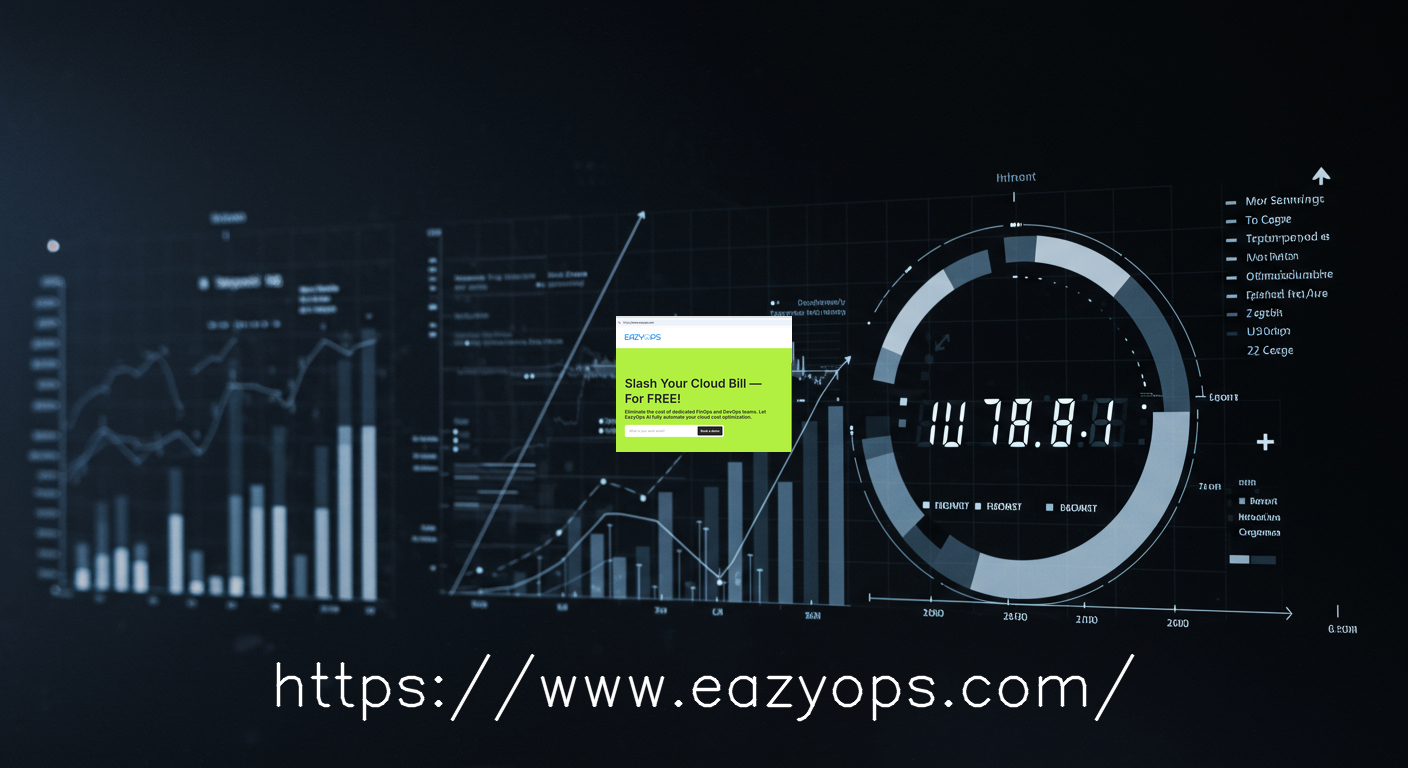Kubernetes Add-On Overhead Sprawl: When "Helpful" Tools Become Budget Drains
That sinking feeling when you realize your Kubernetes monitoring and service mesh are eating 20% of your cluster resources... and your budget.
We were proud of our EKS setup. Rock-solid performance, autoscaling humming along – a well-oiled cloud-native machine. Then came the budget report. A consistent $1,200 overspend every month. Where was it going? It was like a cloud cost ghost story.

The Add-On Trap: More Tools, More Problems
Like many teams, we'd embraced the Kubernetes ecosystem with open arms. Monitoring agents, service meshes, logging exporters, ingress controllers – we had them all. Each promised improved observability, resilience, and performance. What we didn't fully anticipate was the cumulative resource overhead. These helpful tools, individually justifiable, had become a collective resource hog, silently inflating our monthly bill.
The Hunt for the Missing Resources
Our initial attempts focused on the usual suspects – inefficient deployments, oversized pods, rogue cron jobs. We scrutinized our resource requests and limits, optimized our autoscaling policies, and even experimented with different instance types. The needle barely moved. The $1,200 ghost remained.


The EazyOps Revelation
We decided to try EazyOps. Within minutes of connecting our EKS cluster, EazyOps pinpointed the culprit: add-on overhead. It highlighted the resource consumption of each add-on, revealing significant redundancy and underutilization. We had multiple monitoring agents collecting the same metrics, and our service mesh was over-provisioned for our actual traffic volume. The ghost finally had a name.
Consolidation and Optimization
Based on EazyOps’ recommendations, we consolidated our monitoring stack, right-sized our service mesh, and removed a few orphaned add-ons that were no longer needed. The impact was immediate. Our cluster resource utilization dropped by 20%, and that pesky $1,200 overspend vanished from the next budget report.

About Shujat
Shujat is a Senior Backend Engineer at EazyOps, working at the intersection of performance engineering, cloud cost optimization, and AI infrastructure. He writes to share practical strategies for building efficient, intelligent systems.